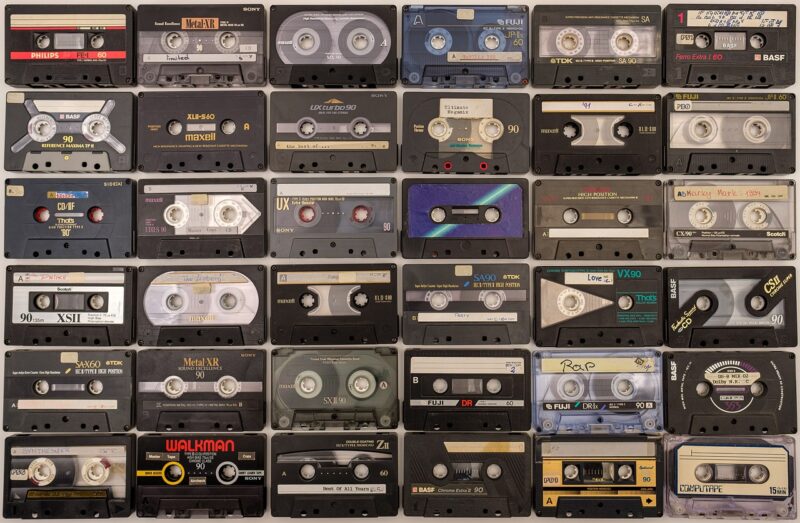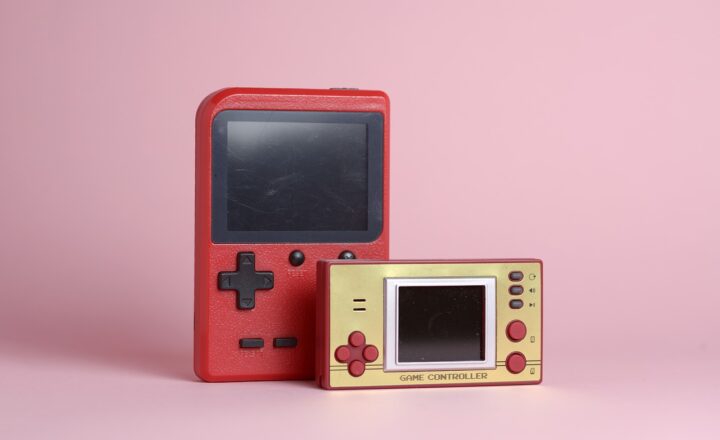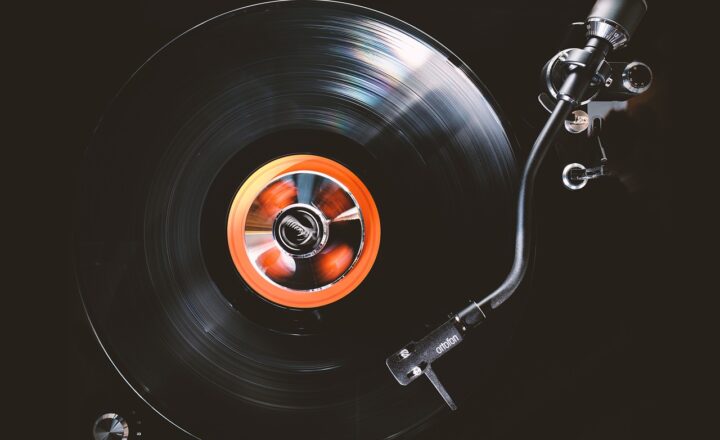Exploring the World of Vintage Sound Equipment and Why It’s Still in Demand
November 13, 2024

The aesthetics of vintage sound equipment have a certain allure that contemporary devices often struggle to replicate. The grainy texture of vinyl records, the warmth of tube amplifiers, and the nostalgia that accompanies analog sound formats evoke fond memories among audiophiles and casual listeners alike.
In this article, we delve into the rich history of vintage sound equipment, examine its current resurgence, and explore why it continues to captivate music aficionados and newcomers alike.
1. A Brief History of Sound Equipment
The evolution of sound equipment has moved in parallel with technological advancements, marking the transition from mechanical to electronic forms of music reproduction. Below are key milestones that helped define the landscape of sound:
– 1880s: Thomas Edison invents the phonograph, the first device capable of recording and reproducing sound.
– 1920s: The radio revolutionizes how people consume music and become informed about current events, paving the way for future entertainment mediums.
– 1950s: The introduction of stereo sound offers listeners immersive experiences, with dual-channel playback enhancing the quality of musical reproduction.
– 1970s and 1980s: The rise of cassette tapes, vinyl records, and reel-to-reel tapes highlights the peak of analog sound equipment, drawing enthusiasts around the globe.
The nostalgia surrounding the technology of these bygone eras is what fuels the modern demand for vintage sound equipment.
2. The Resurgence of Vintage Equipment
In recent years, there has been a remarkable resurgence in the popularity of vintage sound equipment. From enthusiasts hunting for classic turntables to musicians embracing tube amplifiers, several factors fuel this renaissance:
– Nostalgia and Authenticity: Vintage sound equipment delivers a sense of authenticity that digital devices often miss, and many people are drawn to the experience of playing physical media like vinyl.
– Warmth of Sound: Audiophiles argue that analog sound formats produce a warmth and richness that digital formats simply cannot replicate. Vintage equipment often employs materials and construction techniques not seen in modern devices.
– Uniqueness: Every piece of vintage equipment comes with its story and character. Collectors and music lovers appreciate the craft and uniqueness of each item, making it a treasure hunt when searching for specific models.
As a result, online marketplaces, thrift shops, and vintage stores have seen an increase in demand for vintage audio gear, pricing it at premium levels.
3. Key Types of Vintage Sound Equipment
Different categories of vintage audio gear serve as focal points for collectors and music lovers, each offering unique features and experiences:
– Turntables: The resurgence of vinyl in recent years has led to a strong following around vintage turntables. Iconic brands like Technics, Pioneer, and Dual still command high prices due to their robust build quality and ability to deliver an unparalleled listening experience.
– Tube Amplifiers: These devices are known for their warm, rich sound. Manufacturers such as McIntosh and Marantz create high-quality tube amplifiers that remain in high demand.
– Reel-to-Reel Tape Decks: Reel-to-reel recorders are beloved for their fidelity and versatility. They require more attention and expertise to operate but are cherished by serious audio enthusiasts. Brands like Ampex and Otari are well-regarded in this category.
– Vintage Speakers: Great sound requires equally great speakers. Models like the JBL L100 and Klipsch Heresy became iconic due to their design and audio output, appreciating significantly in value over the years.
The variety in vintage audio equipment caters to diverse tastes and preferences, ensuring that there’s something for every audiophile.
4. The Modern Day Usage of Vintage Sound Equipment
While vintage sound equipment is undoubtedly appreciated by collectors, it also finds its way into modern music production and enjoyment:
– Audio Production: Many music producers have begun to incorporate vintage equipment into their recording chains to add warmth and character to the sound. Gear like vintage compressors and equalizers has seen an increase in demand.
– Live Performances: Musicians often turn to vintage amplifiers and instruments, believing they contribute to a richer overall sound profile during performances. Bands seeking to recreate the classic tones of the past often incorporate this gear into their setups.
– Home Audio Systems: Many enthusiasts choose to build their home audio systems with vintage components, providing a distinctive aesthetic to their spaces. Blending modern technology with vintage speakers and turntables allows for customization and a unique listening experience.
The incorporation of vintage equipment into contemporary practices bridges the gap between past and present, offering endless possibilities for audio enthusiasts.
5. Caring for Vintage Sound Equipment
To ensure the longevity and optimal performance of vintage sound equipment, certain care protocols should be followed:
– Regular Maintenance: Vintage sound equipment should be serviced by professionals to ensure components are functioning correctly, particularly for tube amplifiers and turntables.
– Proper Storage: If not in use, devices should be stored properly to avoid dust accumulation, which could impede performance. Dust covers are a wise investment for preservation purposes.
– Use Compatible Media: When using vintage equipment, ensure you’re using compatible media types (for example, specific record weights for turntables). Mismatched components can lead to distortion or damage.
Investing time in preserving vintage sound equipment not only prolongs its life but also maintains its nostalgic value, ensuring it continues to be enjoyed for generations.
6. The Future of Vintage Sound Equipment
As technology continues to advance and music consumption shifts, one might wonder about the future of vintage sound equipment. The trend toward nostalgia is likely to persist, with more people seeking authentic music experiences. It will be critical for enthusiasts and collectors to ensure the preservation of this equipment and its associated culture.
Collaborations between vintage and modern manufacturers can create remarkable innovations while remaining respectful of the original designs. As long as there is a passion for sound quality and traditional aesthetics, the demand for vintage sound equipment will endure.
Conclusion
Vintage sound equipment offers a compelling combination of nostalgia, rich audio quality, and unique aesthetic appeal. Its resurgence in modern times showcases the enduring love for analog sound and the timeless experience it provides. By understanding the history, care, and future of vintage audio gear, we celebrate an essential part of our auditory culture.
Whether you’re an experienced audiophile or someone looking to get started in the hobby, embracing vintage sound equipment can lead to an enriching journey filled with exploration and discovery.







